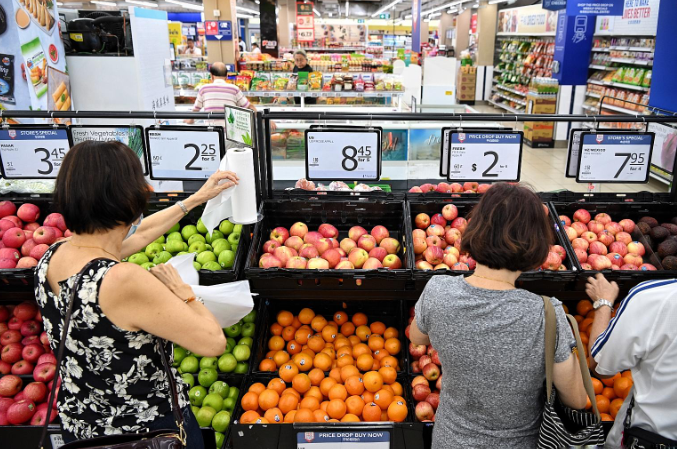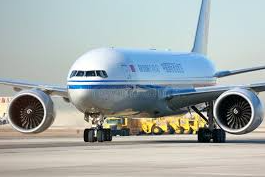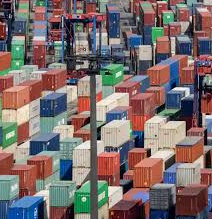Monetary Authority of Singapore Predicts Further Price Hikes Amid Global Supply Chain Disruptions
Singapore’s inflation is set to continue rising as businesses pass on increased costs to consumers, driven by sharp hikes in commodity prices, supply chain issues, and a tight labour market, the Monetary Authority of Singapore (MAS) warned on Thursday (Apr 28). The MAS’ half-yearly macroeconomic review predicts that core inflation will increase sharply and peak in the third quarter of 2022.
The ongoing Russia-Ukraine conflict has worsened global inflationary pressures, leading to higher consumer prices in Singapore. Energy costs, particularly electricity and gas tariffs, are expected to drive inflation in the coming months, affecting transport and food services. While global commodity prices may stabilise later in the year, core inflation is expected to range between 2.5% and 3.5%, higher than the previous forecast of 2% to 3%. Overall inflation, which includes transport and accommodation, is expected to reach 4.5% to 5.5%.
The MAS also highlighted food price increases, exacerbated by the war, as key global exporters of grains and edible oils, Ukraine and Russia, face disruptions. Fertiliser shortages, mainly due to the conflict, could also reduce agricultural yields worldwide, contributing to further food price inflation. While some businesses have absorbed these costs, the full impact is expected to be reflected in local food prices.
Food services inflation rose 2.6% in the first quarter of 2022, driven by higher hawker and restaurant prices, contributing significantly to core inflation. Additionally, businesses in the food and beverage sector face pressure from rising raw material costs, utility charges, and labour costs. Stronger wage pressures are anticipated across all consumer-facing sectors, given the tight labour market and the end of most COVID-related wage subsidies.
Despite these challenges, the economic recovery in Singapore is expected to broaden. The easing of border restrictions and safe management measures should boost domestic and travel-related sectors. MAS forecasts a GDP growth of 3% to 5% for 2022, barring further disruptions from the Russia-Ukraine conflict or pandemic setbacks.
The labour market is expected to remain firm, with continued demand for workers in the consumer-facing, travel-related, and health sectors. However, the share of foreign workers is likely to decrease over the next few years, driven by increased automation and technological investments. This, combined with wage growth due to policies targeting low-wage workers, is expected to keep nominal wages higher than historical averages.








